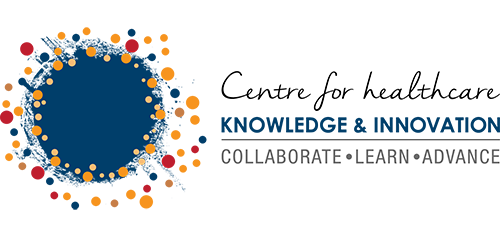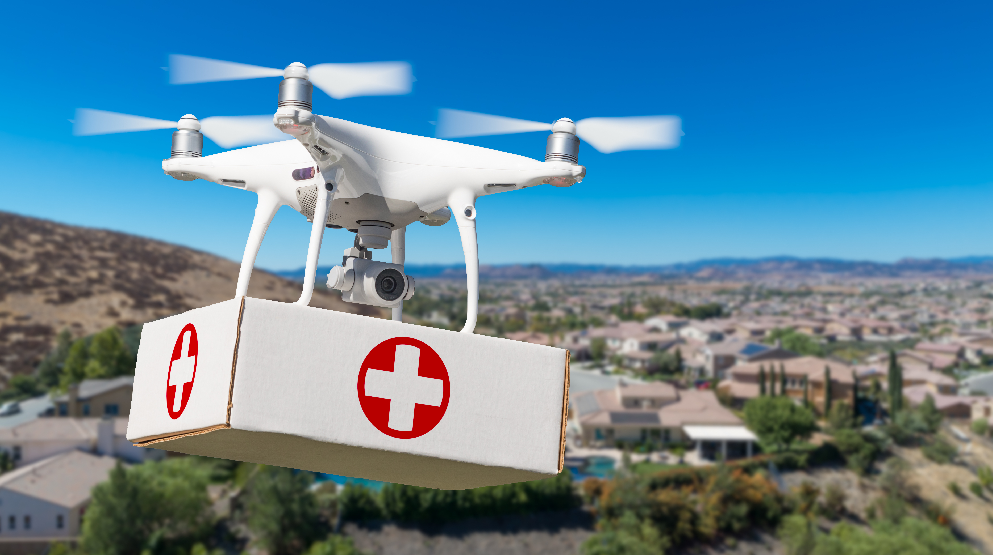Jun
08
Five Areas Where the Digital Revolution Is Improving Aid to Australians
Minter Ellison is an international law firm headquartered in Australia. Regarded as one of Asia-Pacific’s premier law firms it thinks beyond law to help industry-facing clients realise their strategic goals, grasp business opportunities and create value for their stakeholders. According to the company’s national healthcare leader, Shawn Evans, there are five areas where health is currently undergoing rapid change. These are:
Health Trackers
Health trackers are tools that help you monitor different factors that can impact your health. They come in the form of sleep trackers, blood pressure monitors, fitness apps, movement calculators, air quality testers and more. Google “wearables” and your search will return a “best of” list for the usual suspects but dig a little deeper and you’ll see a new segment gaining momentum: wearables that are specialised, accurate and powerful medical tools.
Home Health
Home health covers a wide range of services that can be delivered in your home to prevent or treat illness or injury. This includes physiological monitoring (devices that can capture vital signs, weight and symptoms to report), detection of emergencies (devices that can detect falls or summon help), and cognitive and sensory activity (devices that generate alerts and reminders, aid with the location of lost objects, or dispense medications). In many ways, 2018 was a coming of age for the home health industry, as it steadily became recognised as a key part of the overall continuum of care due to its ability to keep older adults safely at home and out of the hospital. New entrants make up a third of the Australian market.
Mobile health workforce
Technology advances make it easier for healthcare staff to work on the move – from patient to patient, office to office, meeting to meeting and at home. Tap on technologies and rapid access workstations can save clinical staff an average 30 minutes per shift, while bring your own device (BYOD) allows staff to access work emails, contacts, calendars and the intranet from their personal smartphone or tablet. As cloud-based applications like Office 365 roll out, access to Word, Excel, PowerPoint and Outlook is made easier.
Telemedicine
Telemedicine allows healthcare professionals to evaluate, diagnose and treat patients at a distance using telecommunications technology. The approach has been through a striking evolution in the last decade and is becoming an increasingly important part of the Australian healthcare infrastructure. Telemedicine technology is commonly used for follow-up visits, management of chronic conditions, medication management and specialist consultation.
Air Drop
Inaccessible roads will no longer prevent delivery of blood, medications or other healthcare items with the introduction of delivery drones. Medical drones now grace the skies of most continents, including Africa, where the need is greatest. Australian company Swoop Aero is one autonomous air transport service already making waves.
A theme is forming…
For the innovations making big advances, a theme is occurring: improve aid to Australians in far-flung parts of the country. In some cases technologies can be combined, such as Skype-based consultations with medical professionals that can be augmented by data from health tracking devices like smartwatches. Similarly, home health will be improved by the presence of mobile health apps and trackers that can deliver access to high quality information and remote home monitoring, allowing patients who input their own data and questions to liaise with a virtual doctor or connect to one online.
“Australia is moving into a new paradigm for healthcare delivery where the focus is on the patient and patient centricity,” Evans said. “Inherent in these rapidly emerging technologies are both challenges and opportunities for the healthcare sector in Australia.”
Previous Story
Why It’s Good to Share Health Data
Next Story
North Coast Needs Assessment Reports and Fact Sheets Now Available


 We acknowledge the traditional custodians of the land we live and work, the Bundjalung, Arakwal, Yaegl, Gumbaynggirr, Githabul, Dunghutti and Birpai Nationsand their continuing connection to land, sea and community. We pay our respects to elders past, present and future.
We acknowledge the traditional custodians of the land we live and work, the Bundjalung, Arakwal, Yaegl, Gumbaynggirr, Githabul, Dunghutti and Birpai Nationsand their continuing connection to land, sea and community. We pay our respects to elders past, present and future.
